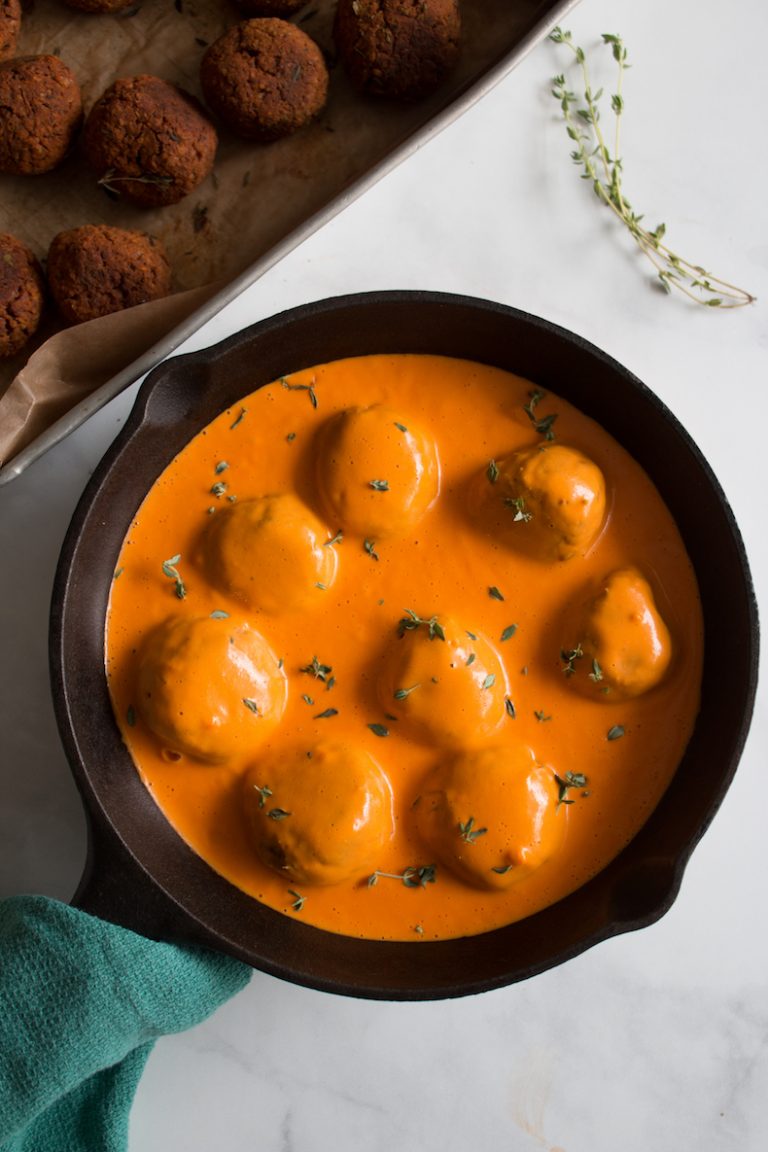If you’re reading this chances are that your health is important to you. You probably make a conscious effort to adopt good eating habits. While you feel like you’re doing everything you can, you still overeat often, experience cravings, and maybe even feel unsure about what’s the best food choice for you. Worry not, this page was created specifically for you. I hope that you enjoy my post on the top 10 mindful eating tips that have made my life a lot easier.
Something that has helped me and many of our LSN readers is using more of a mindful eating approach. If you are not really sure what that actually looks like don’t worry this post is going to help. Here are my Top 10 Tips For Practicing Mindful Eating + I also included a Mindful Eating Meditation that I often use in my workshops to showcase these techniques.
Mindful Eating Tips
In this age we are too often overthinking food choices, eating while multitasking, and finding ourselves caught in the restrictive and binge food cycle.
What is mindful eating?
As you might have guessed, mindful eating is a practice with roots in Buddhist meditation techniques. The Center of Mindful Eating defines it as…
Mindfulness is the capacity to bring full attention and awareness to one’s experience, in the moment, without judgment. Mindful Eating brings mindfulness to food choice and the experience of eating.
This means you eat slowly and deliberately, being aware of and concentrating deeply on every aspect of the food. This starts with carefully looking at it, taking in its smell, and feeling the texture and consistency. When you have a bite, you analyze all the different flavors you detect, the temperature, and how it feels while you’re chewing. In short, you experience your food fully, whether a complex dish or a small piece of fruit, with all your senses.

Does Mindful Eating Work #IRL?
The three main pillars of this practice are 01. slowing down. 02. avoiding distractions. 03. having compassion to one’s self.
These help you to shift awareness to the dish in front of you. Understanding how much you’ve eaten and how your body reacts to it is important. But the most important is that everything is done through the lens of compassion. There is no right or wrong way to do it. It’s not at all about perfect. Just tuning in.
So does it work, umm heck yea it does!
Learning how to listen to my body has been the greatest gift I could have for my health.
I can feel the exact moment when my body has had enough food and I can either choose to stop or keep going. Learning the self-compassion piece allows me to enjoy this experience of nourishing and taking care of my body. I don’t have to feel shame or guilt. It’s really a beautiful thing.
You’ll also begin to notice your body’s desires for specific foods.
I notice when I’m feeling stressed, I crave foods that are heavier, allowing myself to follow that instinct I see how my body is using the food to feel more grounded in that stressful experience. I also noticed that my body wants to eat more with the seasons, giving me more water-rich food in the summer and grounding foods in the winter.
Check out my Guide to Seasonal Eating here!
Connecting with your body will also make it easier for you to identify patterns in your eating habits.
You’ll know when you usually get hungry, how you feel when you’re hungry, and what might trigger hunger when you are not hungry like seeing someone eating, walking past your favorite restaurant, or talking about food (which I do a lot, lol).
If you pay close enough attention, you’ll also see how different types of food affect your mood and energy levels. For me, a sugary treat gives me a boost of energy but I crave it more and need a lot to sustain my energy levels throughout the day. However, a bowl of black beans, veggies, and avocado (what I’m actually eating for lunch later) keep me full and satisfied until dinner.
What I also love about mindful eating is that this practice of mindful eating can shine a light on our habitual patterns. And in doing so, we can better connect to food and our bodies and relieve much of the suffering we experience with these things.
10 Mindful Eating Tips That Will Transform Your Relationship with Food
Mindful eating tip #1: Give thanks
But whether or not you’ve ever done it yourself, you can take a cue from that and do your own little practice of gratitude at mealtime.
Just take a moment to appreciate the meal in front of you. Cultivate gratitude for it by thinking of the huge amount of work it must have taken to get all of the various ingredients together for you to enjoy this wonderful meal (really, when you think about it, it’s pretty astonishing).
Mindful eating tip #2: Sit down
For some, this may sound obvious and a given. For others, this will be difficult!
Because mindful eating is about becoming fully present with our food it’s a bad idea to attempt to eat mindfully while being on the move walking or driving somewhere. Correction: it’s not going to happen (at least successfully).
Part of mindfulness practice is about doing one thing at a time, so do yourself a favor and respect your meal time. Sit down, relax, and be there in that moment with the meal in front of you.
Mindful eating tip #3: Eat a little more slowly
There is a misconception that you have to do something slowly to do it with mindfulness.
That’s not quite true, but it may be necessary at the beginning when you’re just getting the hang of mindfulness practice. The reason for this is that doing something slowly helps us focus mentally on the activity at hand.
The more quickly we move the more difficult it is for our mind to keep up with our body, so slowing down is an increased opportunity for allowing time for the brain to communicate with the gut.
Mindful eating tip #4: Turn off Technology
At this point, this one should seem like a natural progression from the first few points.
We’re trying to put our complete and undivided attention on the moment that we’re eating- both on the act of eating and on whatever arises within that moment of eating- so any electronic devices within eyesight can serve as distractions from a mindfulness practice.
Turn off your T.V., close your phone, turn away or at least sit away from your desktop computer, and away from anything else that could potentially distract you while you’re eating.
Now if you are like me and love to snack a bit while enjoying a movie night with the fam, that’s totally ok. I think you can still leave space for those things just make them more intentional. We as a family will typically eat dinner together and will either enjoy dessert or popcorn with our movie night.
Mindful eating tip #5: Put down your utensil
This is all about being fully present in each bite that you eat.
The way we usually eat, we take a bite and then immediately begin preparing another bite to eat as we’re chewing the original bite. This is a subtle version of multi-tasking, a habit you’re trying to undo with mindfulness practice.
Some of the ways we multi-task are so subtle they’re difficult to detect.
The next time you eat, make it a point to be fully present for the bite in your mouth. Leave your utensil on the plate and experience that bite fully with mindfulness.
I actually learned this one from my kids!
Mindful eating tip #6: Take a moment to breathe
From time to time, you can stop eating and take a moment to become mindful of your breath.
We are often asked in yoga to return to our breath, this is an act of nourishment. So why wouldn’t we do this when we eat?
If you’re new to this mindfulness practice, I’d suggest simply paying attention to the breath as it is. This simple but powerful mindfulness practice will help recenter your focus to the present experience.

Mindful eating tip #7: Switch hands
This might feel a little awkward, but by switching hands, you’ll push yourself to eat mindfully because of the extra work your brain needs to do to keep up.
This is a really simple mindful eating tip that can help you at the beginning of your mindful eating practice.
Mindful eating tip #8: Accept and embrace your choices
A lot of guilt and negative feelings about eating come from not owning our food choices. We tell ourselves we’re no longer allowed candy bars or French fries and when we do have them we feel bad and beat ourselves up.
As you begin to eat mindfully, you’ll learn to make your food choices more consciously and with compassion.
If you see something you decided to cut down on or remove from your diet, but you really want it, take the time to ask yourself: how will I feel if I eat this now? If the answer is happy, energized, and satisfied, then own it, eat it – and don’t feel bad about it.
And if you do eat it and you feel bad. Make a mental note and remember for next time.
Mindful eating tip #9: Notice certain cues
While eating, certain sensations will arise such as the feeling of hunger, satisfaction, fullness, and sometimes over-fullness! Be on the lookout for these cues.
By doing this, you make it easier to notice the other things which arise while being mindful and that will further sharpen your mindfulness and concentration.
Mindful eating tip #10: LOVE is the secret ingredient
The practice of mindful eating can really extend beyond just eating the food. When we cook we do it from a place of loving energy, as to deepen our relationship with the food and emphasize mindfulness.
Let’s Chat!
One can’t expect you to do these things at every meal, although it helps to set the intention to try. What are some of your favorite mindful eating practices? Comment below — or tag @livesimplynatural. I love getting to know what works for you guys!
Hugs,











